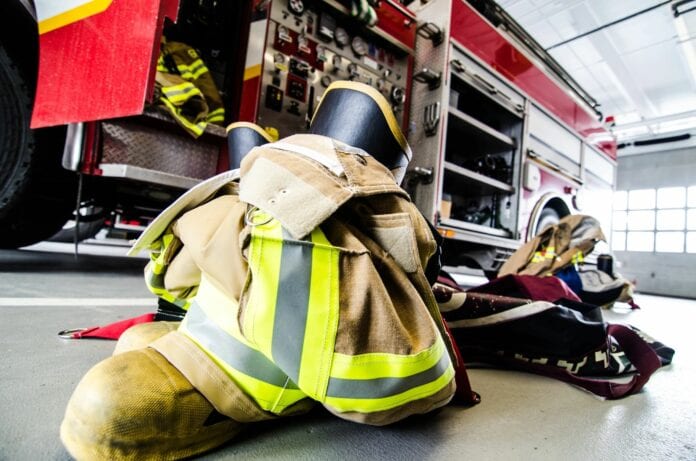
Follow NFPA’s tips and recommendations to ensure a festive, fire-safe season
Glittering decorations, holiday meals and treats, enjoying the warmth of home on a wintry day – these are hallmarks of the holiday season. However, these traditions and festivities also present an increased risk of fire, making December a leading month for U.S. home fires. According to the National Fire Protection Association(NFPA), Christmas Day and Christmas Eve are two of the top three days for home cooking fires and the top two days for home candle fires.
Fortunately, there are several steps people can take to significantly reduce the risk of fire during the holiday season.
“While the threat of fire does increase during the holiday season, there’s no need to let that put a damper on your holiday plans,” said Lorraine Carli, NFPA vice president of Outreach and Advocacy. “Once you know where potential hazards exist, taking some simple steps to minimize them can help ensure a festive, fire-safe season.”
Following are NFPA statistics that underscore the increased risk of fire during the holidays:
Decorations:
Home fires that began when decorations caught fire caused an average of three civilian deaths, 34 civilian fire injuries and $12 million in direct property damage per year from 2013 to 2017. In 44 percent of these fires, the decoration was too close to a heat source. Ensure that decorations are kept at least 3 feet away from heat sources, especially candles. Fifty-seven percent of December home decoration fires were started by candles, compared to 32 percent in January through November. In addition, December is the peak month for candle fires. Sixty percent of home candle fires started because a flammable item was too close to the candle. In 13 percent of the fires, the candle was left unattended or abandoned.
Christmas trees:
Christmas tree fires are not as common as fires started by other decorations, but when they do occur, they are much more likely to be serious. An annual average of 160 home fires began with Christmas trees. On average, one of every 52 reported home Christmas tree fires resulted in a death, compared to an average of one death per 135 total reported home fires. Electrical distribution or lighting equipment was involved in more than two of every five (44 percent) home Christmas tree fires, with decorative lights the leading type of equipment involved.
Cooking:
Cooking is the leading cause of U.S. home fires year-round; unattended cooking is the leading cause of these fires, accounting for 31 percent of home cooking fires. Christmas Day is the second-leading day for home cooking fires, with 69 percent more fires than the average daily number. Christmas Eve is not far behind, with 58 percent more fires than the daily average.
Heating:
Heating equipment is the second-leading cause of U.S. home fires, with nearly half of all home heating fires occurring in December, January and February. The leading factor contributing to home heating fires (27 percent) was failure to clean, principally from solid-fueled heating equipment, primarily chimneys. Most home heating fire deaths (86 percent) involved stationary or portable space heaters. In the majority of these deaths, something that could catch fire was too close to the heater.
With these statistics in mind, NFPA offers a wealth of holiday fire safety tips and information for safely enjoying the holiday season at www.nfpa.org/holiday.
For this release and other announcements about NFPA initiatives, research and resources, please visit the NFPA press room.
About the National Fire Protection Association (NFPA)
Founded in 1896, NFPA is a global self-funded nonprofit organization devoted to eliminating death, injury, property and economic loss due to fire, electrical and related hazards. The association delivers information and knowledge through more than 300 consensus codes and standards, research, training, education, outreach and advocacy; and by partnering with others who share an interest in furthering the NFPA mission. For more information, visit www.nfpa.org. All NFPA codes and standards can be viewed online for free at www.nfpa.org/freeaccess.















